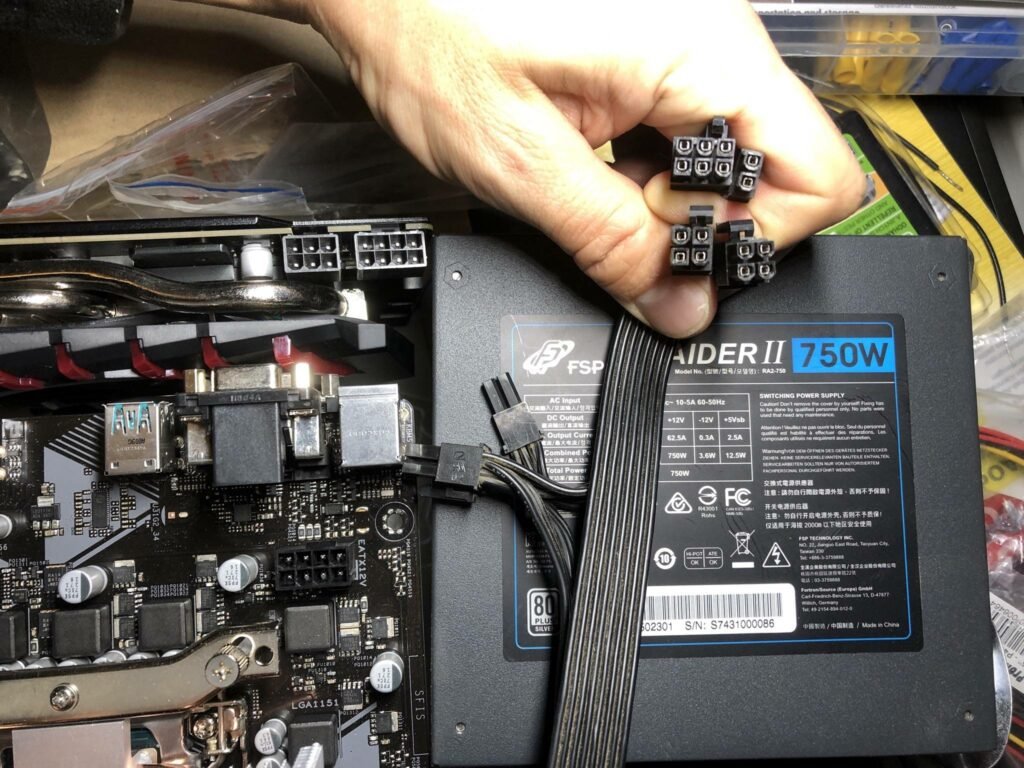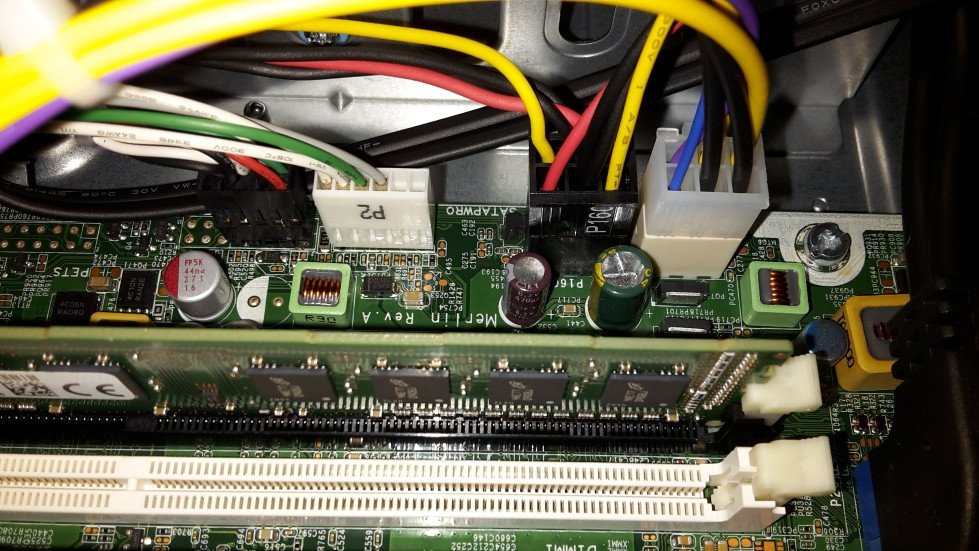Yes, PCIe power connectors are essential for providing additional power to high-performance graphics cards beyond what the motherboard can supply.
In this in-depth guide, we’ll delve into the complexities of GPU power requirements, dissect the role of PCIe power connectors, and explore motherboard features related to power delivery, providing you with the insights needed to navigate the intricacies of PC building with confidence.
Table of Contents
Introduction:
Embarking on the journey of building or upgrading a PC is an exhilarating endeavor. However, amidst the excitement of selecting components and envisioning the final setup, questions inevitably arise, particularly regarding hardware compatibility and power requirements.
One common query that often perplexes PC builders is whether PCIe power needs to be plugged into the motherboard.
Understanding GPU Power Requirements:

Graphics processing units (GPUs) are the workhorses of modern computing, tasked with rendering immersive visuals, accelerating complex calculations, and powering cutting-edge applications.
As such, they demand a substantial amount of power to operate at peak performance. While the PCIe slot on the motherboard serves as a primary source of power for the GPU, it often falls short of meeting the power requirements of high-performance graphics cards.
The Crucial Role of PCIe Power Connectors:
To address the disparity between the power supplied by the motherboard and the power demanded by the GPU, graphics cards are equipped with PCIe power connectors.
These connectors, available in various configurations such as 6-pin or 8-pin, directly interface with the power supply unit (PSU), delivering additional power to the GPU. By harnessing the combined power from the PCIe slot and the supplemental PCIe power connectors, GPUs have access to the requisite power headroom for unleashing their full potential.
Understanding GPU Power Draw:
The power draw of a GPU varies depending on factors such as its architecture, clock speeds, and workload. High-performance GPUs designed for gaming, content creation, or AI processing often have higher power requirements compared to entry-level or integrated graphics solutions.
Understanding the power draw of your GPU is crucial for selecting an appropriate PSU and ensuring stable operation under heavy workloads.
Also Read: Do All Gpu Fit All Motherboards – A Comprehensive Guide to Compatibility In 2024!
Navigating PCIe Power Requirements:
When selecting a GPU, it’s essential to consider its power requirements and compatibility with your PSU. Most mid-range to high-end graphics cards require PCIe power connectors to meet their power demands fully.
However, lower-powered or entry-level GPUs may draw all their power from the motherboard’s PCIe slot, eliminating the need for additional power connectors. Referencing the GPU manufacturer’s specifications and consulting PSU compatibility lists can help ensure a harmonious pairing between your GPU and PSU.
Motherboard Features: PCIe Power Socket Explained:

In addition to PCIe slots for connecting GPUs, some motherboards may feature an additional PCIe power socket, typically in the form of a 6-pin or 8-pin connector. Contrary to common misconception, this socket is not intended for supplying power to the GPU.
Instead, it serves alternative purposes, such as providing additional power for PCIe expansion cards or facilitating multi-GPU setups. Understanding the role of the PCIe power socket can prevent confusion and ensure optimal utilization of motherboard features.
FAQ’s
1. Do all GPUs require PCIe power connectors?
No, lower-powered or entry-level GPUs may draw all their power from the motherboard’s PCIe slot, eliminating the need for additional power connectors.
2. What is the role of PCIe power connectors on GPUs?
PCIe power connectors directly interface with the power supply unit (PSU), delivering additional power to the GPU beyond what the motherboard can provide.
3. Why do high-performance GPUs require PCIe power connectors?
High-performance GPUs demand more power than the motherboard alone can supply, necessitating PCIe power connectors to meet their power requirements fully.
4. How can I determine if my GPU requires PCIe power connectors?
Refer to the GPU manufacturer’s specifications to ascertain if PCIe power connectors are needed for your specific GPU model.
5. What if my GPU draws all its power from the motherboard’s PCIe slot?
In such cases, ensure that your motherboard and PSU can supply sufficient power to meet the GPU’s requirements without additional PCIe power connectors.
6. What happens if a GPU doesn’t receive enough power?
Inadequate power delivery can lead to performance bottlenecks, stability issues, or even hardware damage, compromising the GPU’s performance and longevity.
7. Can I use PCIe power connectors interchangeably between different GPUs?
PCIe power connectors come in various configurations (6-pin, 8-pin), and compatibility varies between GPU models. Always refer to the GPU manufacturer’s specifications for guidance.
8. What should I do if my motherboard features an additional PCIe power socket?
If your motherboard has a PCIe power socket, understand that it is not intended for supplying power to the GPU but serves alternative purposes such as providing additional power for expansion cards or multi-GPU setups.
9. How can I ensure compatibility between my GPU, motherboard, and PSU?
Thoroughly research and cross-reference the specifications of your GPU, motherboard, and PSU to ensure compatibility and proper power delivery.
10. Do PCIe power connectors affect GPU performance?
Proper power delivery, facilitated by PCIe power connectors, is essential for optimal GPU performance, ensuring stability and preventing performance bottlenecks.
11. Can I use adapters or splitters for PCIe power connectors?
While adapters or splitters may provide additional connectivity options, ensure compatibility and adhere to safety guidelines to prevent damage to your components.
12. What role does understanding GPU power requirements play in PC building?
Understanding GPU power requirements is crucial for selecting compatible components, ensuring stable operation, and maximizing performance in your PC build or upgrade.
Conclusion
In the dynamic landscape of PC building, understanding GPU power requirements and motherboard features is paramount for a successful build or upgrade. By grasping the role of PCIe power connectors, navigating GPU power requirements, and deciphering motherboard features such as PCIe power sockets, you can make informed decisions and avoid compatibility issues. Whether you’re a seasoned enthusiast or a novice builder, armed with the insights gleaned from this guide, you can embark on your PC building journey with confidence, knowing that you have the knowledge to tackle any challenge that arises.